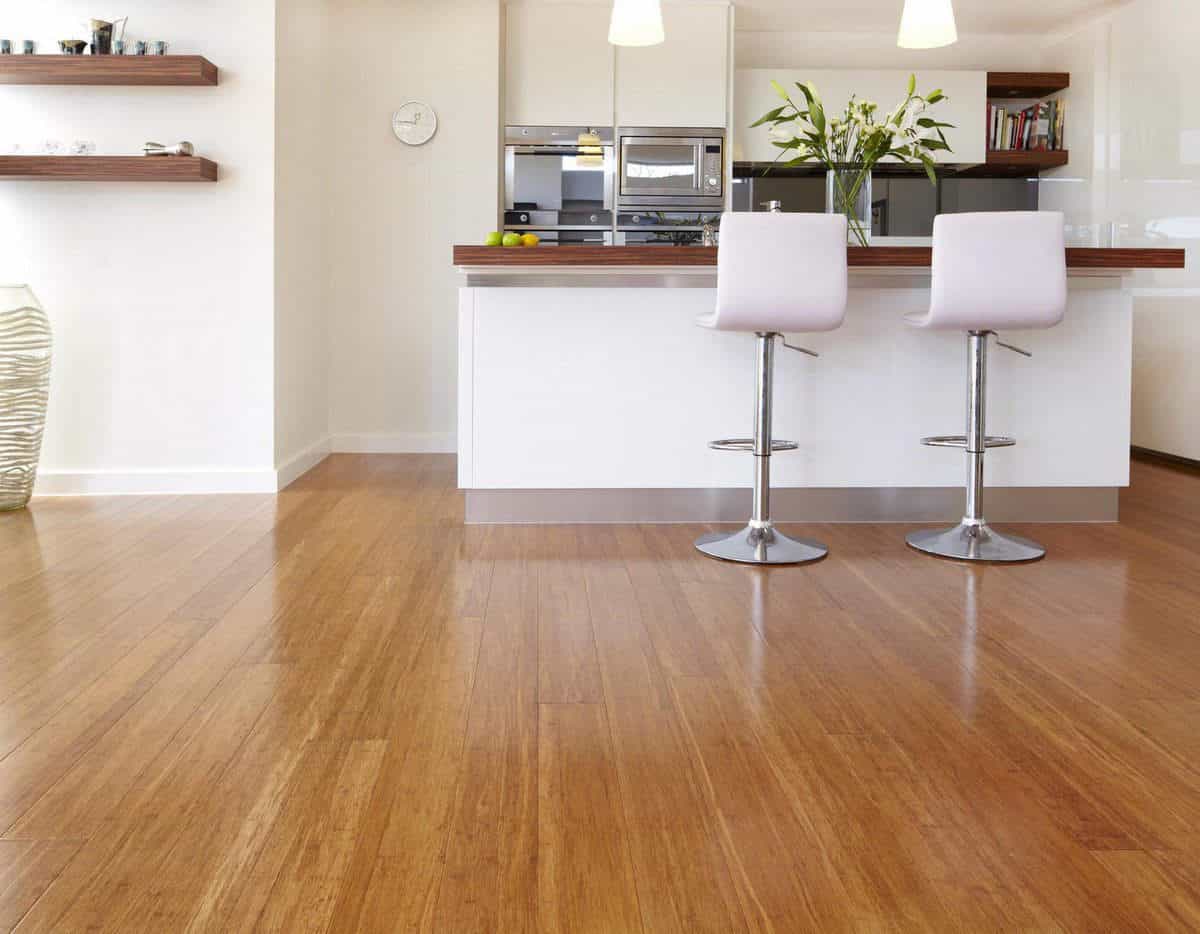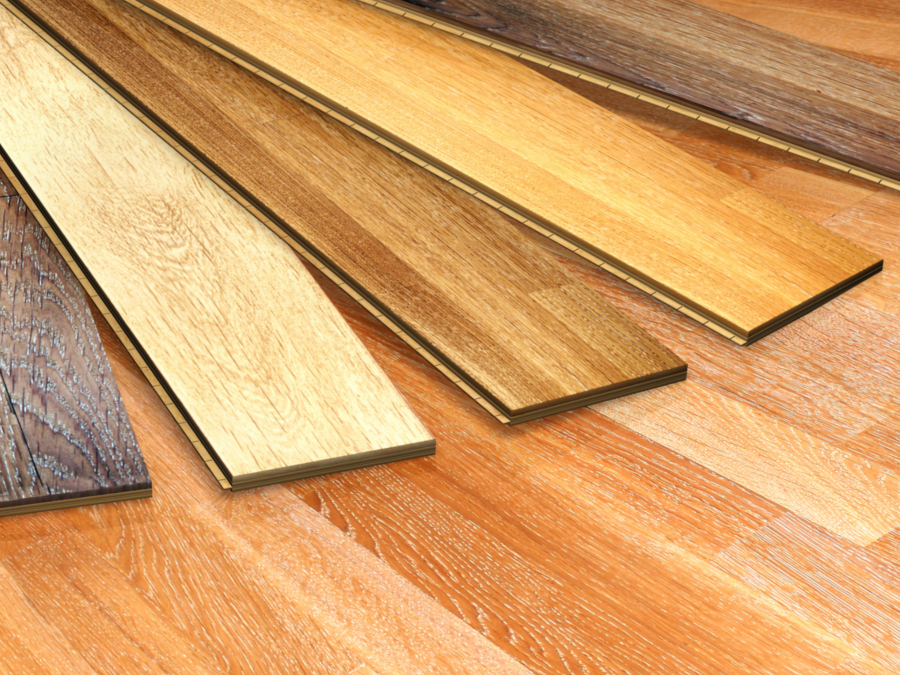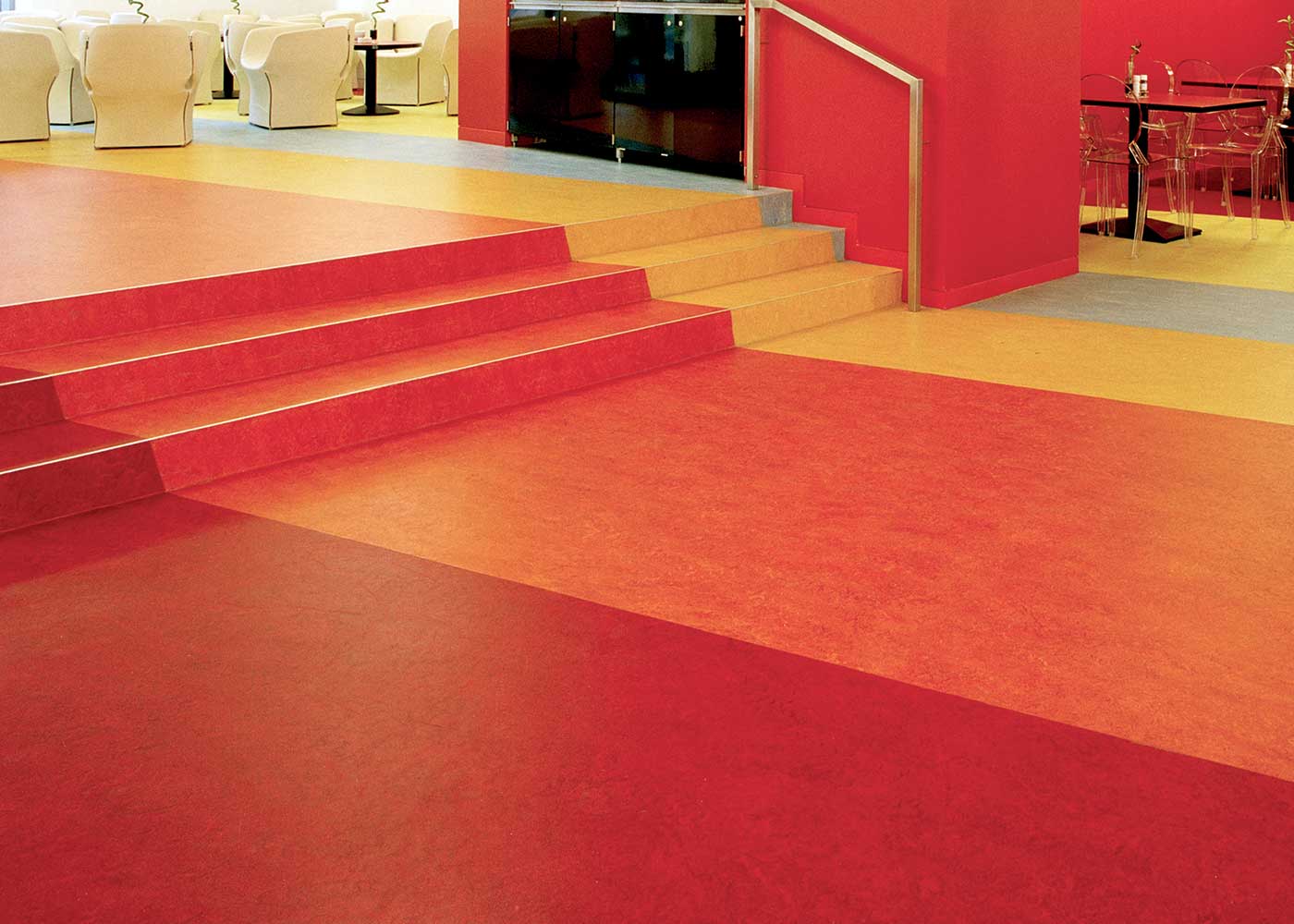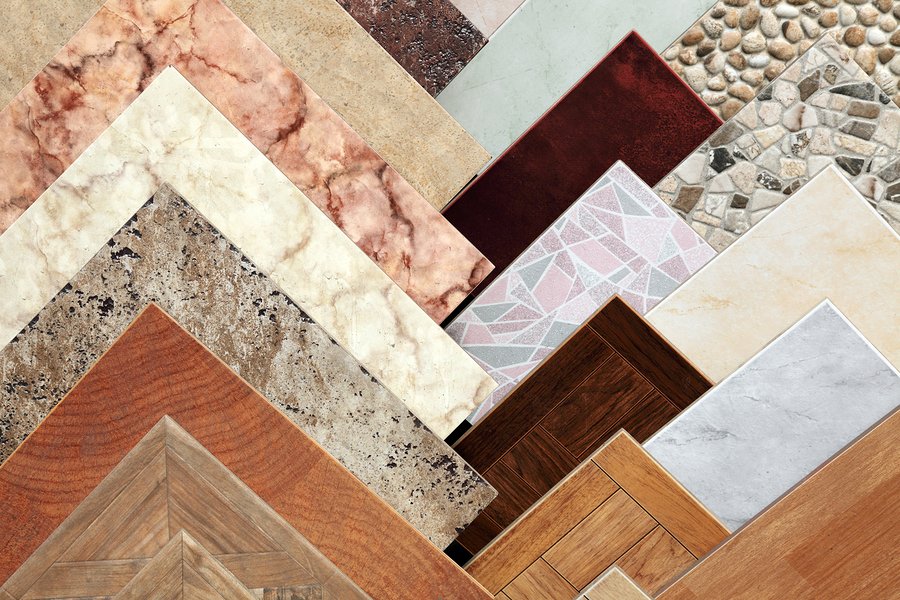Choosing best option for flooring
What you should look for when laying a new floor and the pros and cons of different flooring types.

Establishing the right floor for your home isn’t easy. You need to think about traffic flow, maintenance, durability and how the particular flooring will make the room look and feel. We outline key factors to consider when buying a floor and then look at varying floor types.
FEATURES
Cost
There are so many flooring options out there from budget to high-end – it’s worth setting a price range first and looking at what’s available in that bracket. The price may or may not include installation and some prices may vary depending on whether you are buying flooring for a single room or the entire house.
Traffic flow
The amount of traffic to an area should influence the floor type you choose. People tend to go for carpet in bedrooms and some living areas as the traffic flow is low. For high traffic areas such as stairs and hallways you will need a hardwearing surface that is easy to clean – a luxurious, plush carpet here just won’t work.
Maintenance and durability
When making your flooring choice you must consider cleaning instructions, long-term maintenance and life-span. What seems like a cheap option now may not be the case if you have to replace it in a couple of years. Think about characteristics of the particular area and how they’ll affect the floor such as direct sunlight, water spillages, furniture scrapes, termites and dirt from outside.
Comfort versus function
Comfort of flooring can refer to how it feels underfoot, its insulation properties and whether it carries sound. Polished concrete, for example, is extremely hard and may not be suitable for young families. The importance of comfort is dependent on the area of the house. For instance, comfort in the bedroom ranks more highly than function, whereas functionality in the laundry is more important.
Appearance
Appearance is often the most important aspect determining floor choice. Many designers suggest deciding on flooring before anything else in the home, even the paintwork. Different textures, patterns, colours and tones all create a certain effect.
Environmental considerations
What is your floor made from? Is this a renewable resource? If you are going with timber floors, ask the supplier if it’s from a responsible resource. Some companies may use recycled materials. You should also consider the energy efficiency of the product for example; carpet has good insulation properties which will save you in heating and cooling bills.
Installation
If you are building a new house, installation of your new floor won’t be an issue. However, if you are replacing an existing floor you must research theinstallation process because some floors are easier to install than others. Timber floorboards for example, will take much more work to install than alaminate floating floor.
TYPES OF FLOORING
Bamboo
Bamboo is a relatively new on the flooring market. It’s a timber alternative that you can install yourself – if you’re feeling handy.

Pros
- Bamboo is a renewable resource that grows more quickly than timber
- High abrasion resistance
- Stable under both humid and dry conditions
- Low allergenic
- Easy to repair – damaged boards can be replaced without contrasting with surrounding boards
- Doesn’t react to water, as do some timbers
Cons
- Fades in direct sunlight
- Is new to the market so long-term wear has not been tested
Carpet
Carpet will always be popular, especially in bedrooms, because of its comfort factor. Choose between wool, nylon, polypropelyne, or a combination – all with varying pile options.

Pros
- Hundreds of styles to choose from
- Great for cold climates
- Absorbs sound well
- Comfortable to walk on
Cons
- Fades in direct sunlight
- Shows wear and tear
- Likely to absorb odours
- Collects dust – not always recommended for those with allergies
- Requires steam cleaning at least once every 12 months
Laminate
Laminate is most commonly used as a substitute for timber in floating floors. The laminate consists of a printed photograph of wood, adhered to a fibreboard plank. Other popular look-alikes are stone, brick and tiles.

Pros
- Can be installed on top of existing floors
- Extremely durable
- Will not fade, even in direct sunlight (check warrantee)
- Less maintenance than timber floorboards
Cons
- Not suitable for wet areas
- Some floating floors create a “tapping sound” when you walk on them
Linoleum
Not to be confused with vinyl. Linoleum is a natural floor sheeting product made from linseed oil, rosin, wood flour, limestone and pigments.

Pros
- Made from renewable resources
- Hard wearing and durable
- Available in a range of colours and patterns
- Low allergenic
- Easy to clean – just mop with soapy water
- Cushioned underfoot – making it more comfortable that tiles or concrete
Cons
- Lacks warmth
- Can be dented or scratched by heavy objects
- Hard to repair
Tiles
Ceramic tiles are the most popular in India but porcelain and stone tiles are also available.

Pros
- Available in a wide range of designs, shapes and sizes
- Can be used in all areas of the home
- Durable
- Low maintenance
- Fireproof
Cons
- Can be uncomfortable to walk on
- Can become slippery when wet
Timber
Timber flooring is available in a wide range styles and wood species. You have the option of solid planks that slot together, parquetry designs and floating floors that can be installed on top of the existing floor.

Pros
- Strong home selling point
- High durability – if sealed properly
- Can be refinished
- Easy to clean
Cons
- Prone to expansion and contraction
- Unsealed timber floor can stain
- High traffic areas will need stripping and sanding every few years
Vinyl
Vinyl is floor sheeting made from synthetic materials such as polyvinyl chloride (PVC).

Pros
- Hard wearing
- Good insulation properties
- Affordable
- Easy to clean – just mop with soapy water
- Comes in hundreds of styles including imitations of other more expensive flooring such as timber and tiles
Cons
- Lacks warmth
- Can be dented or scratched by heavy objects
- Hard to repair
- Is not a recyclable material